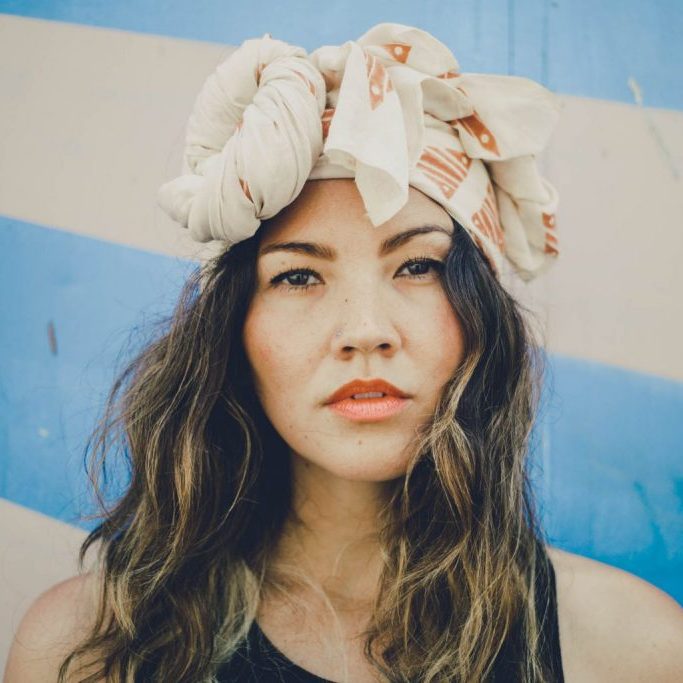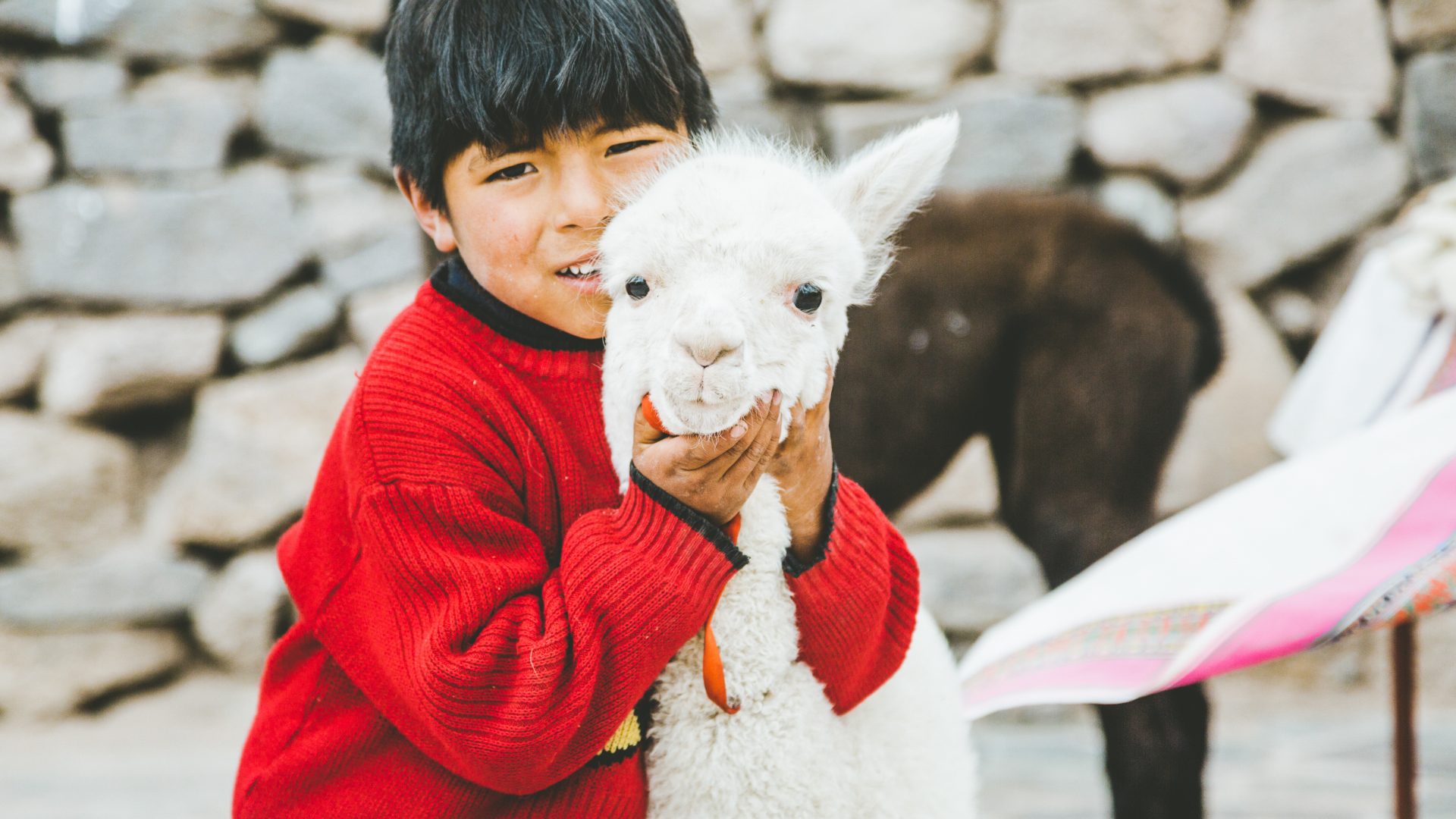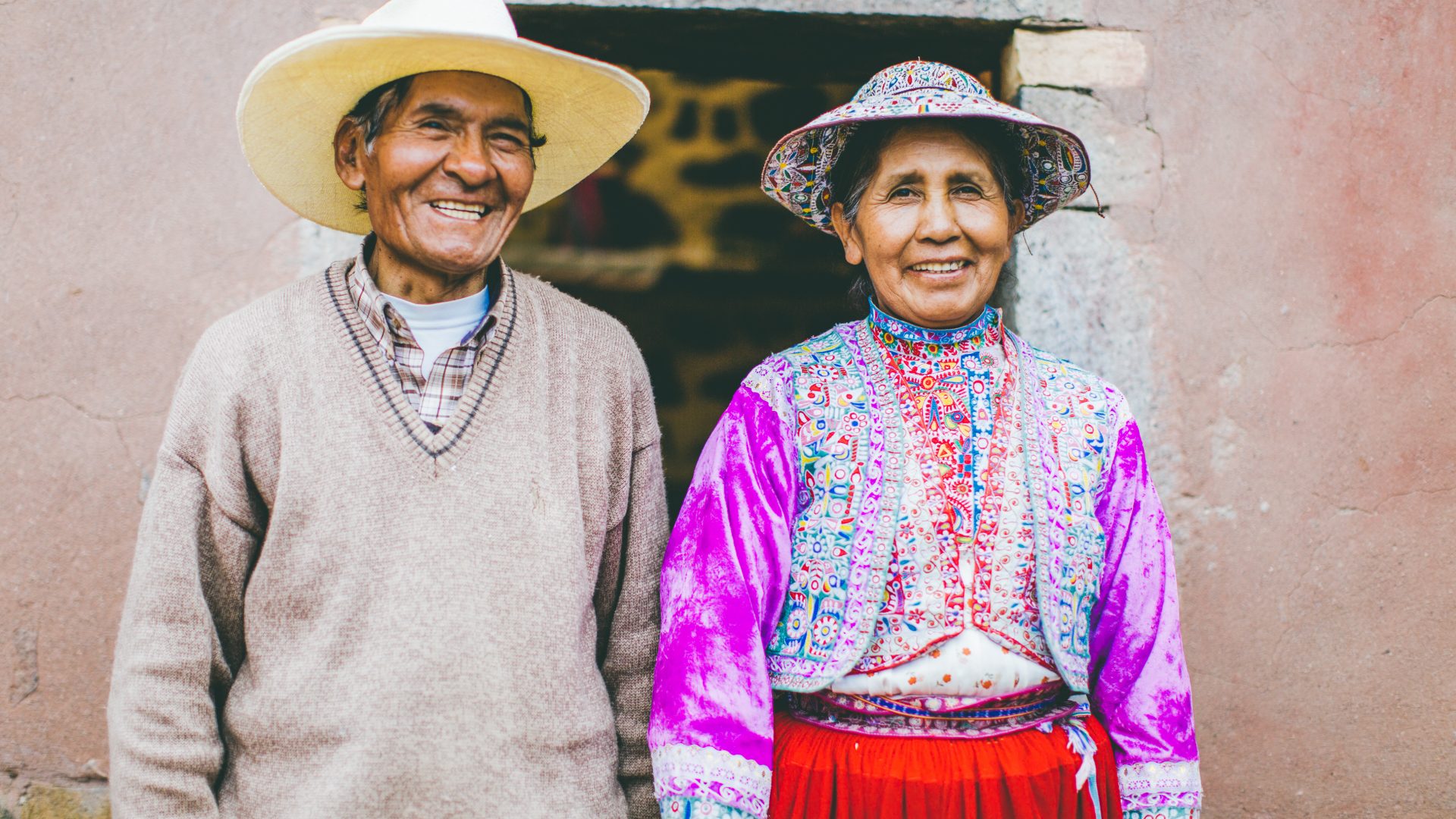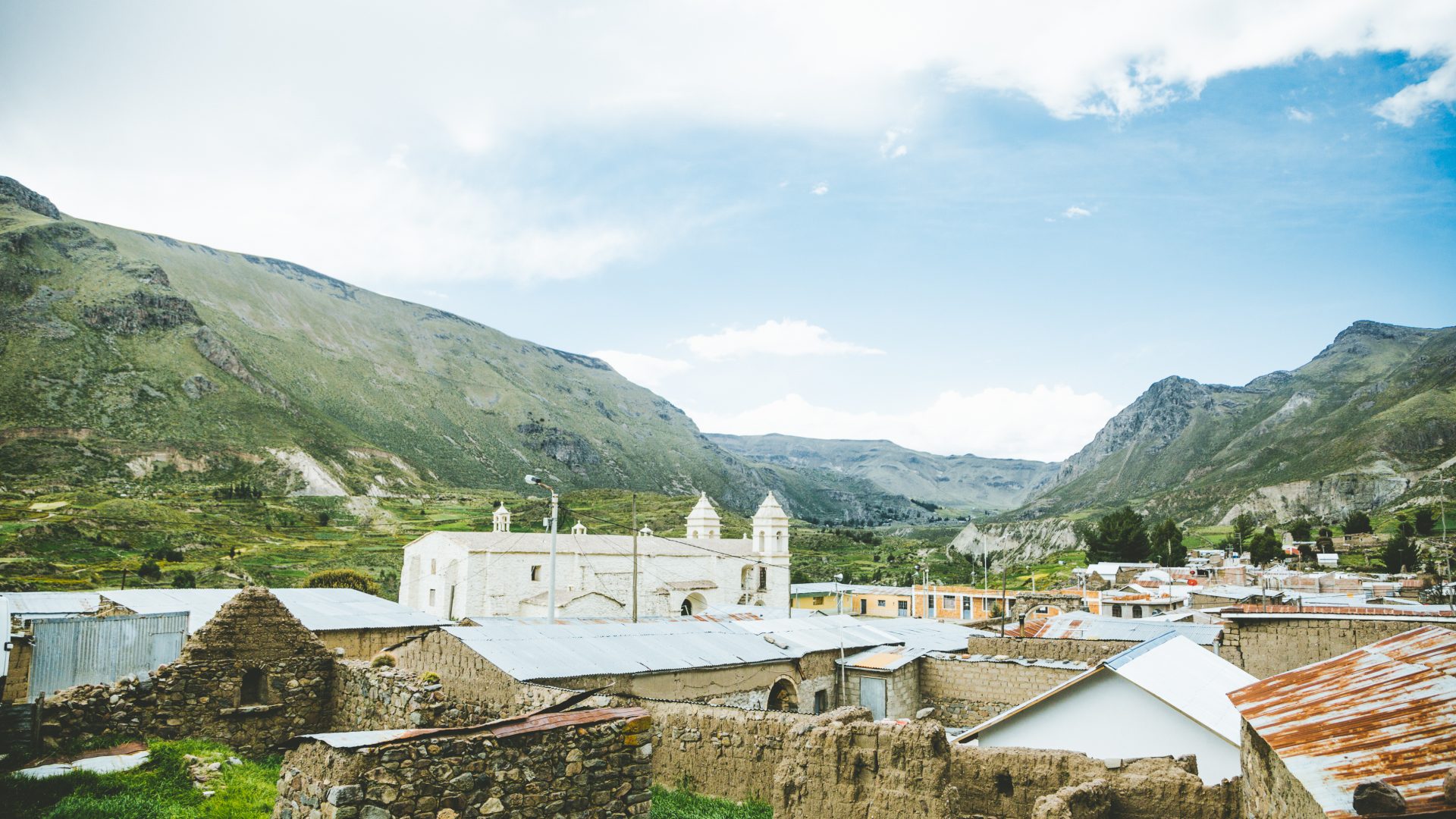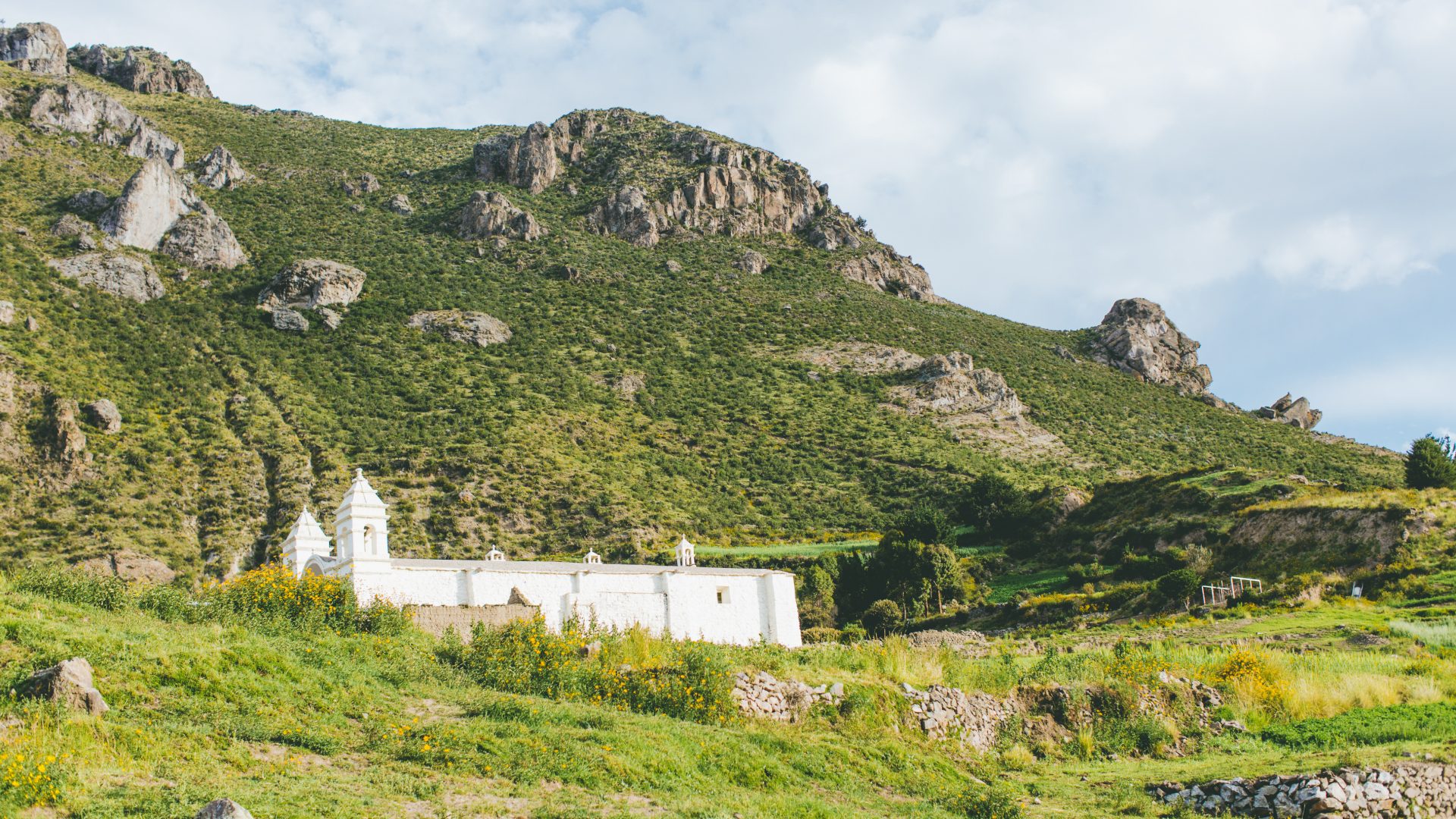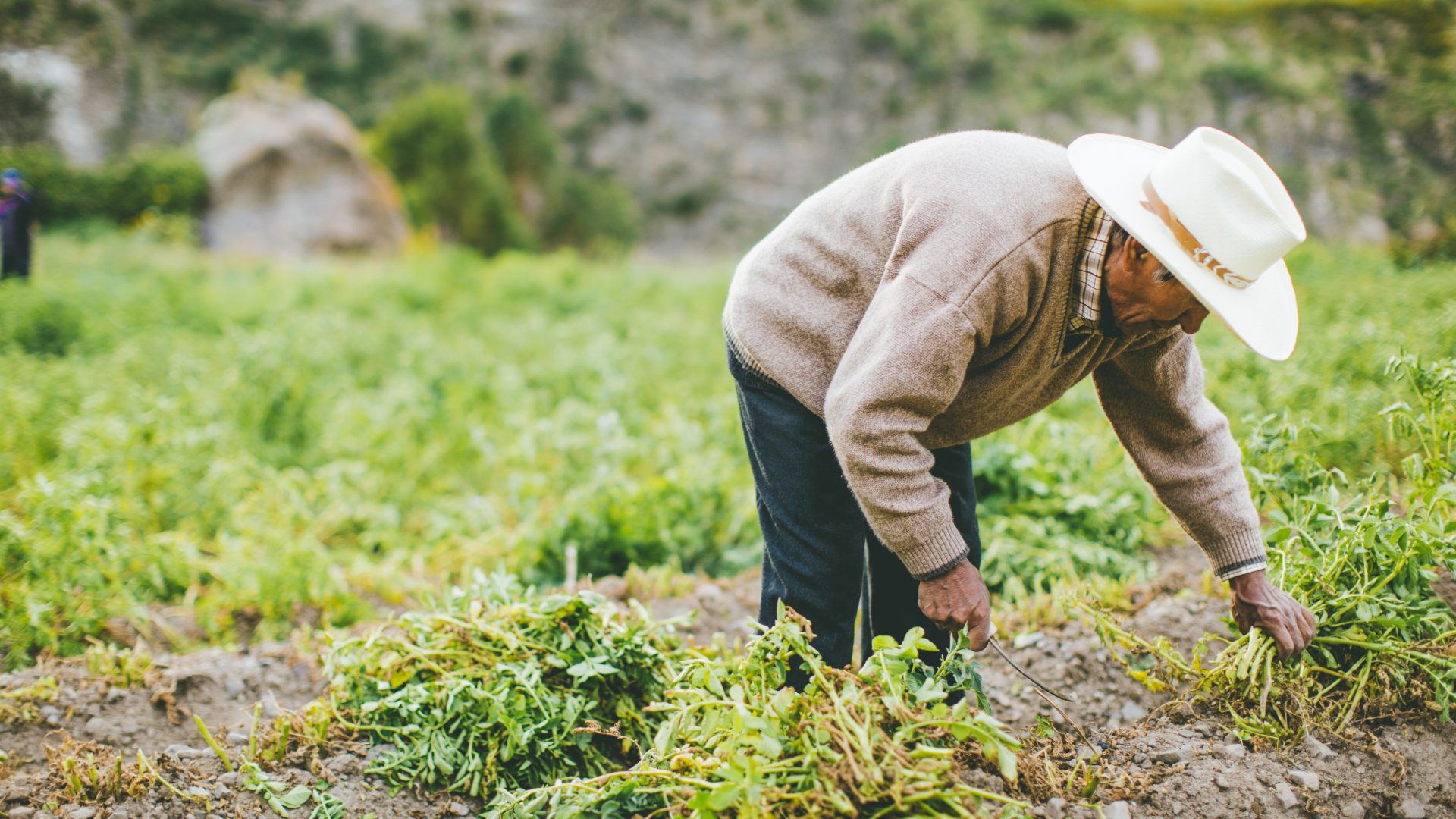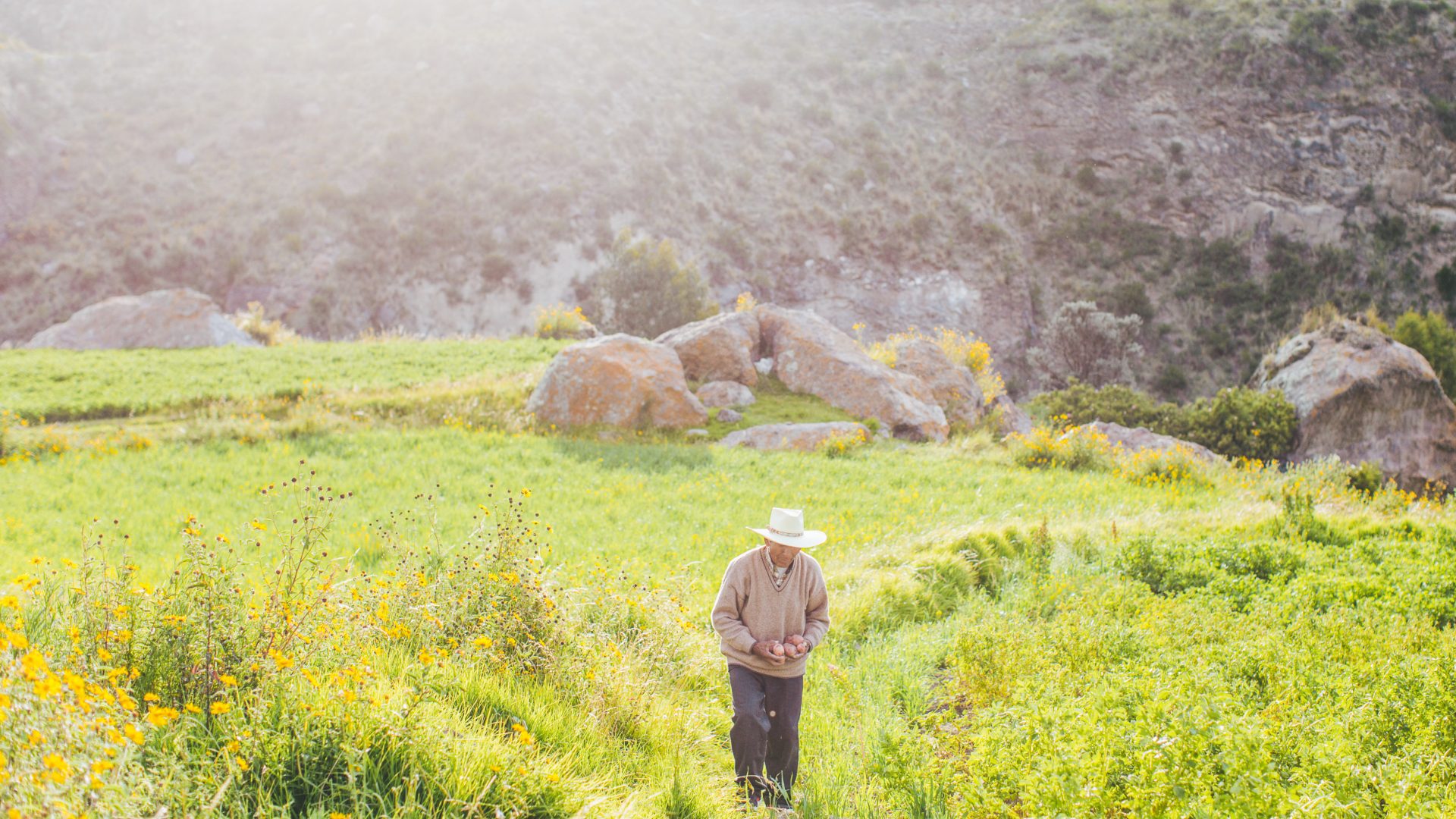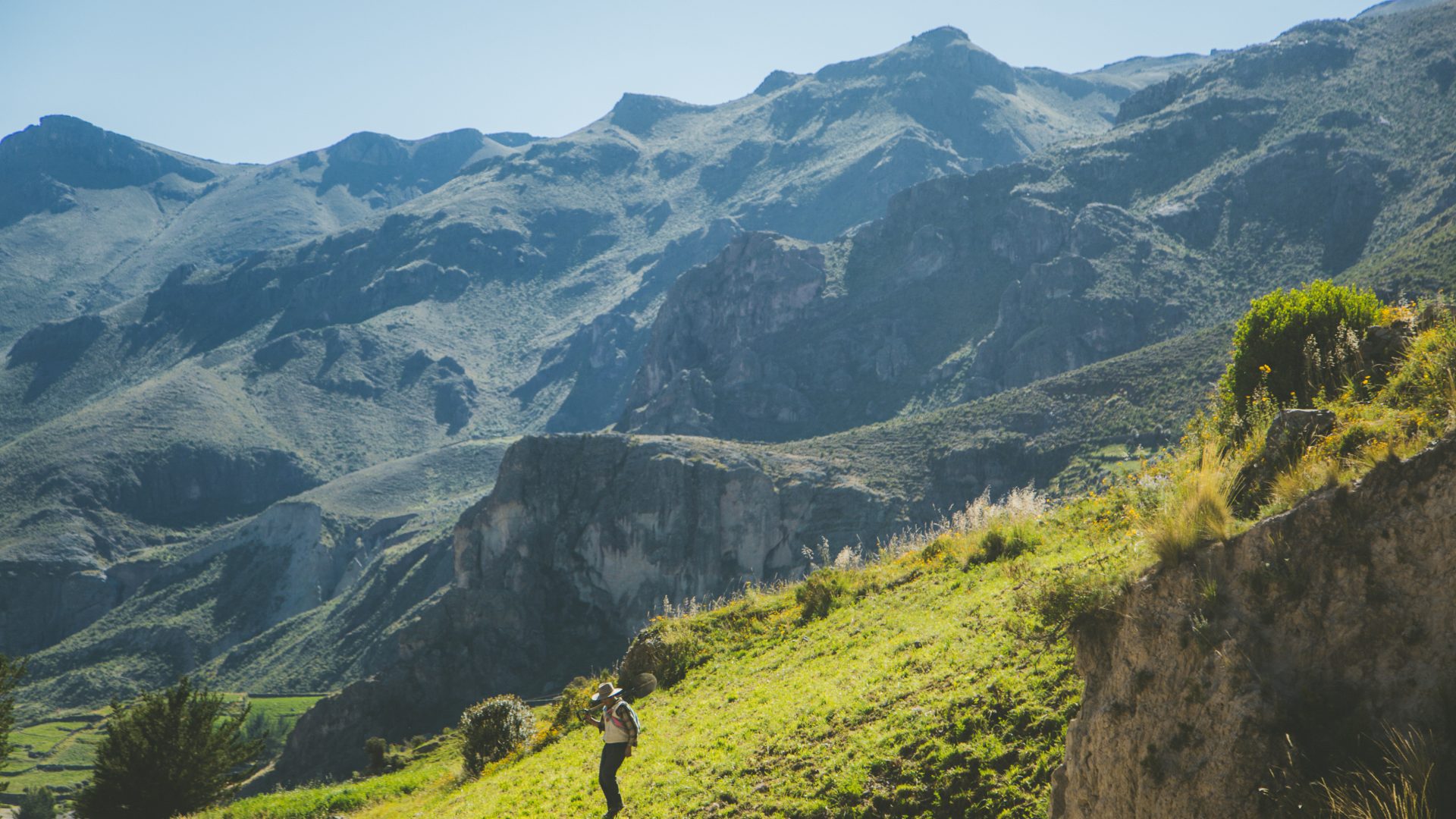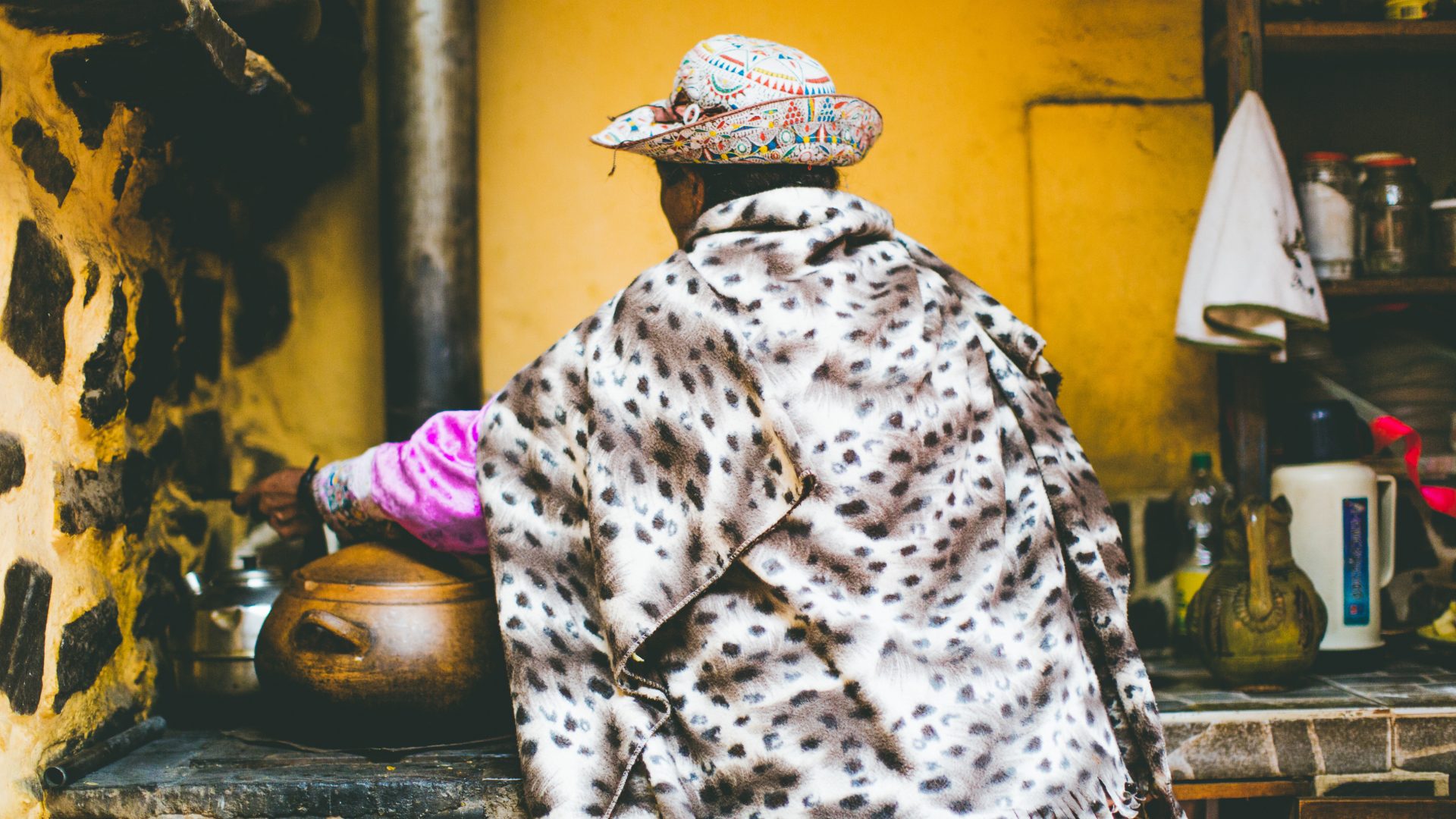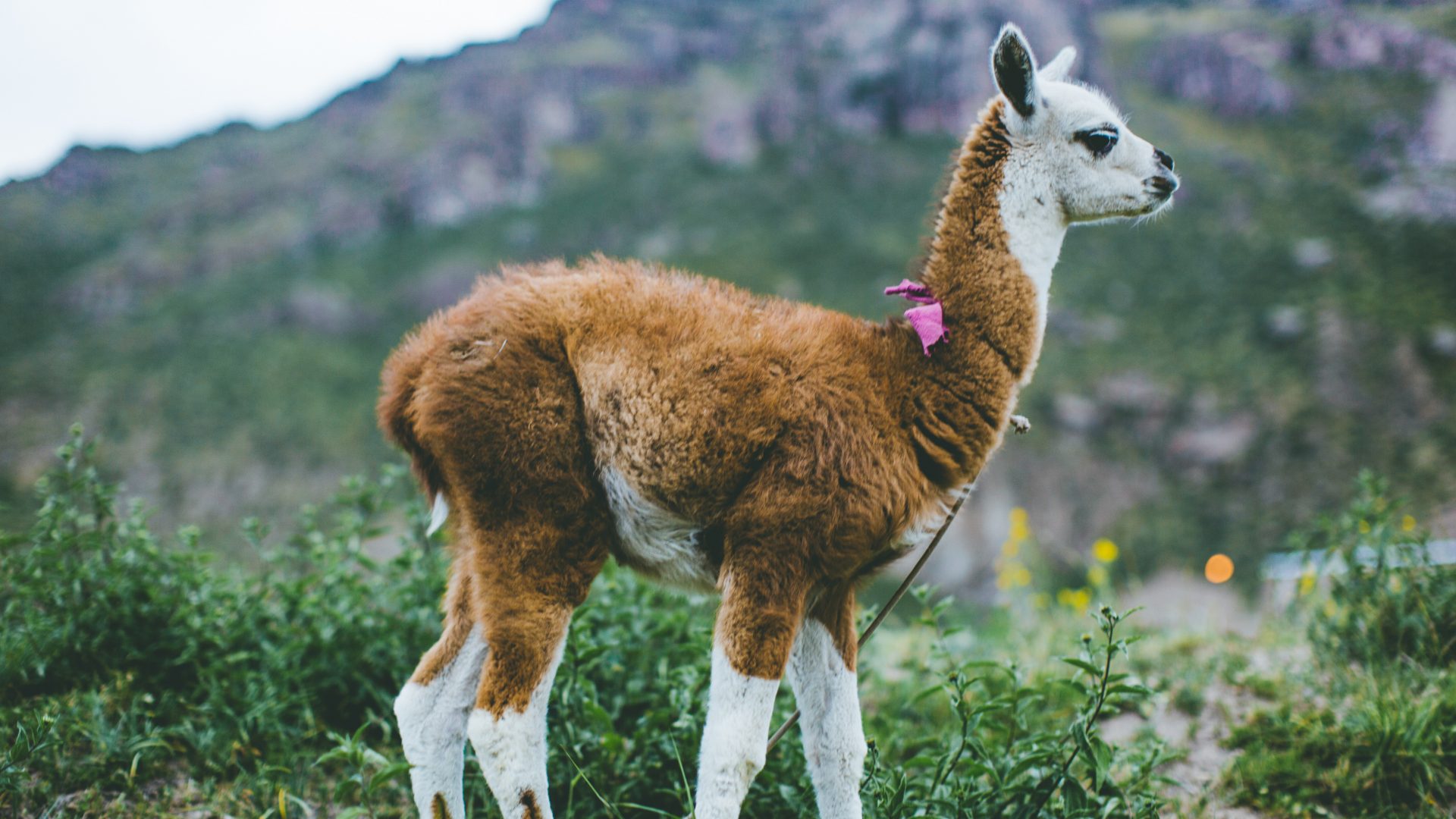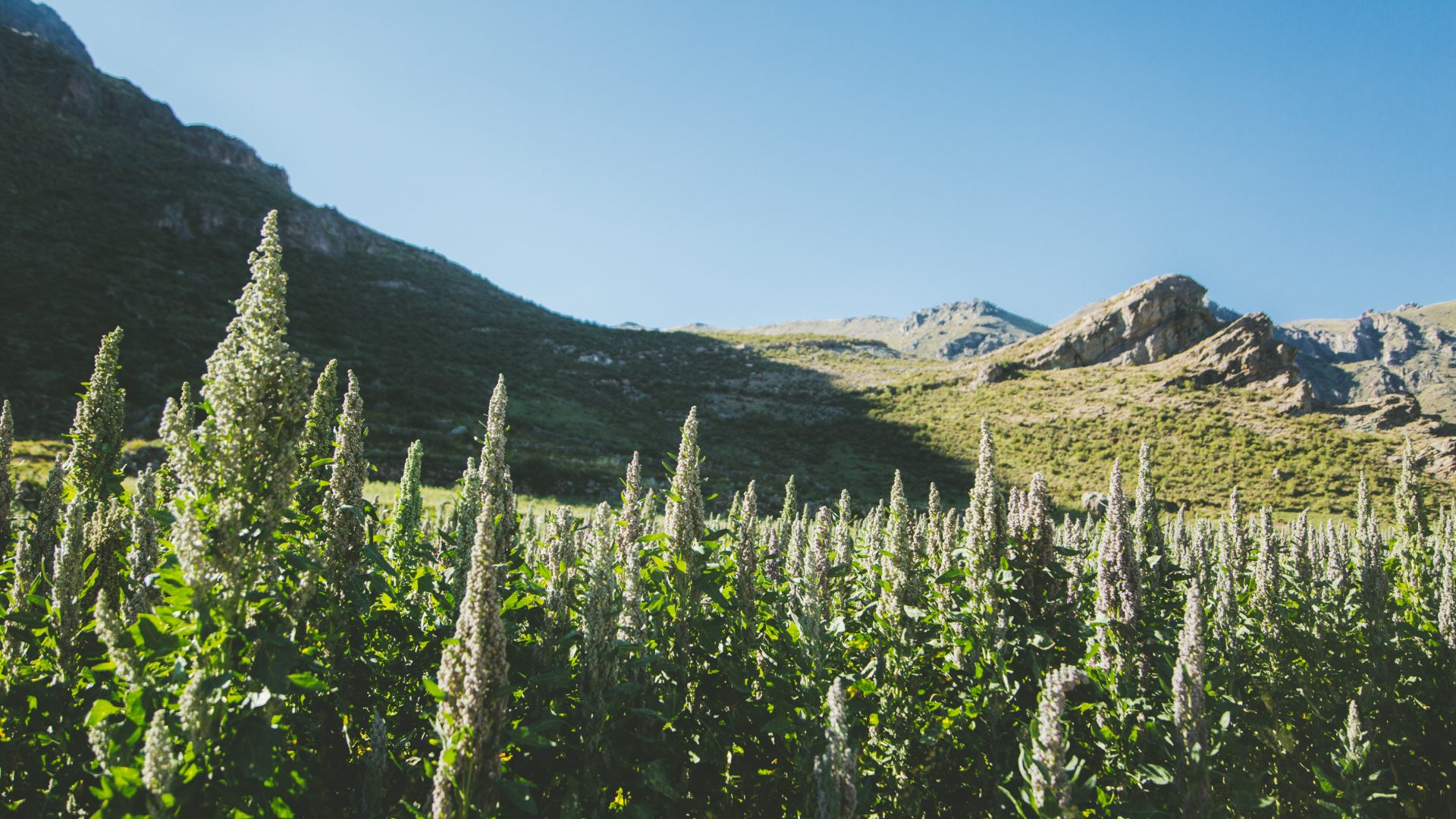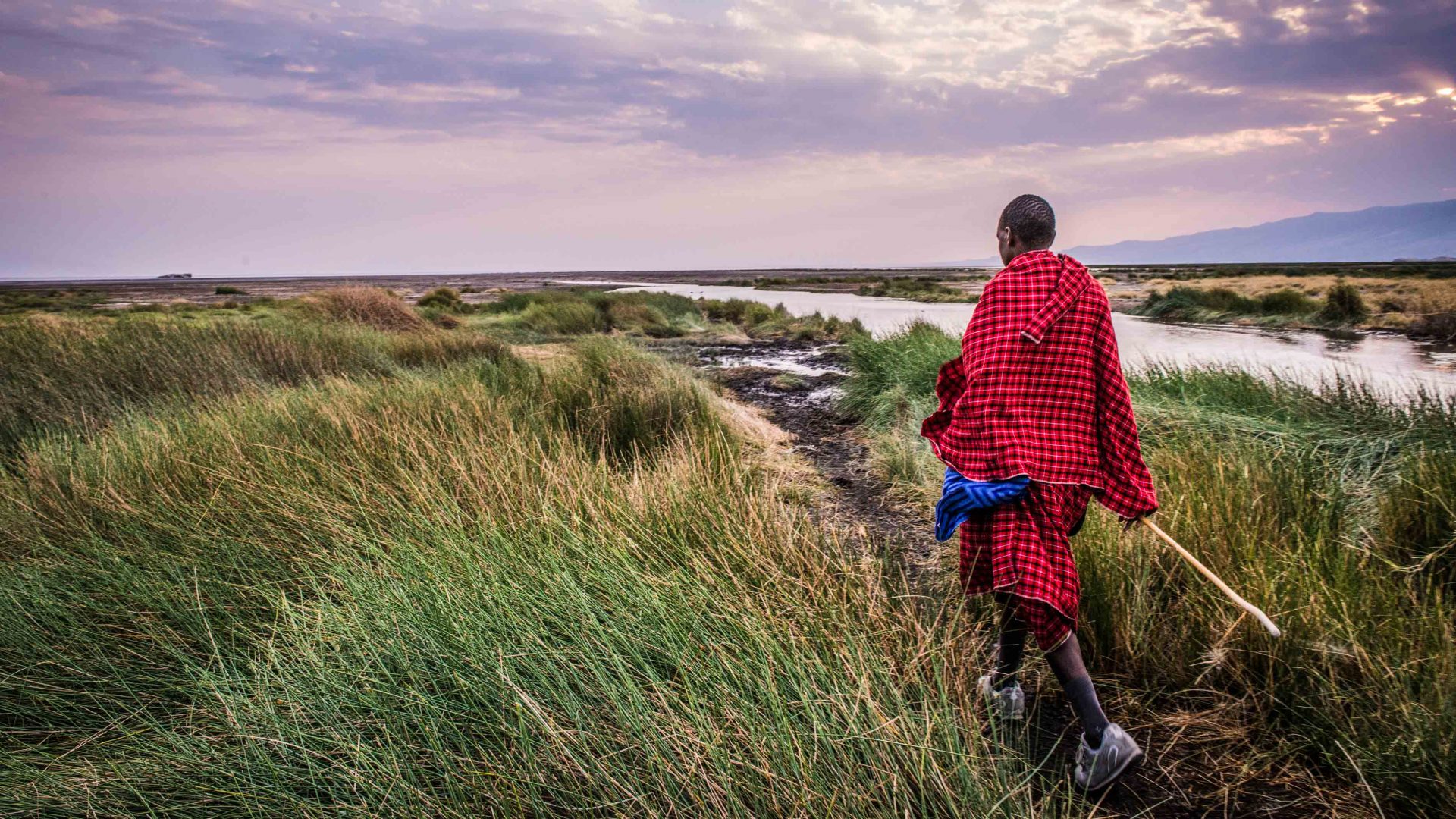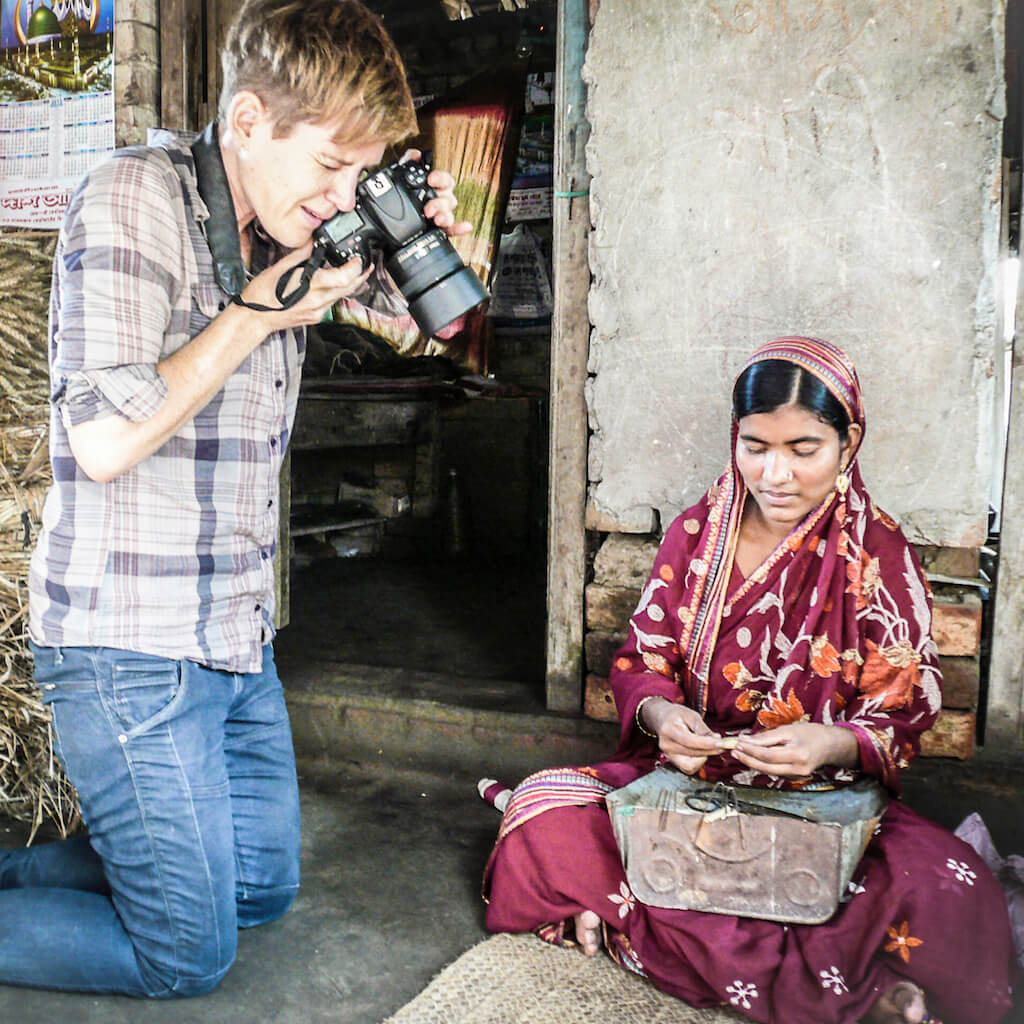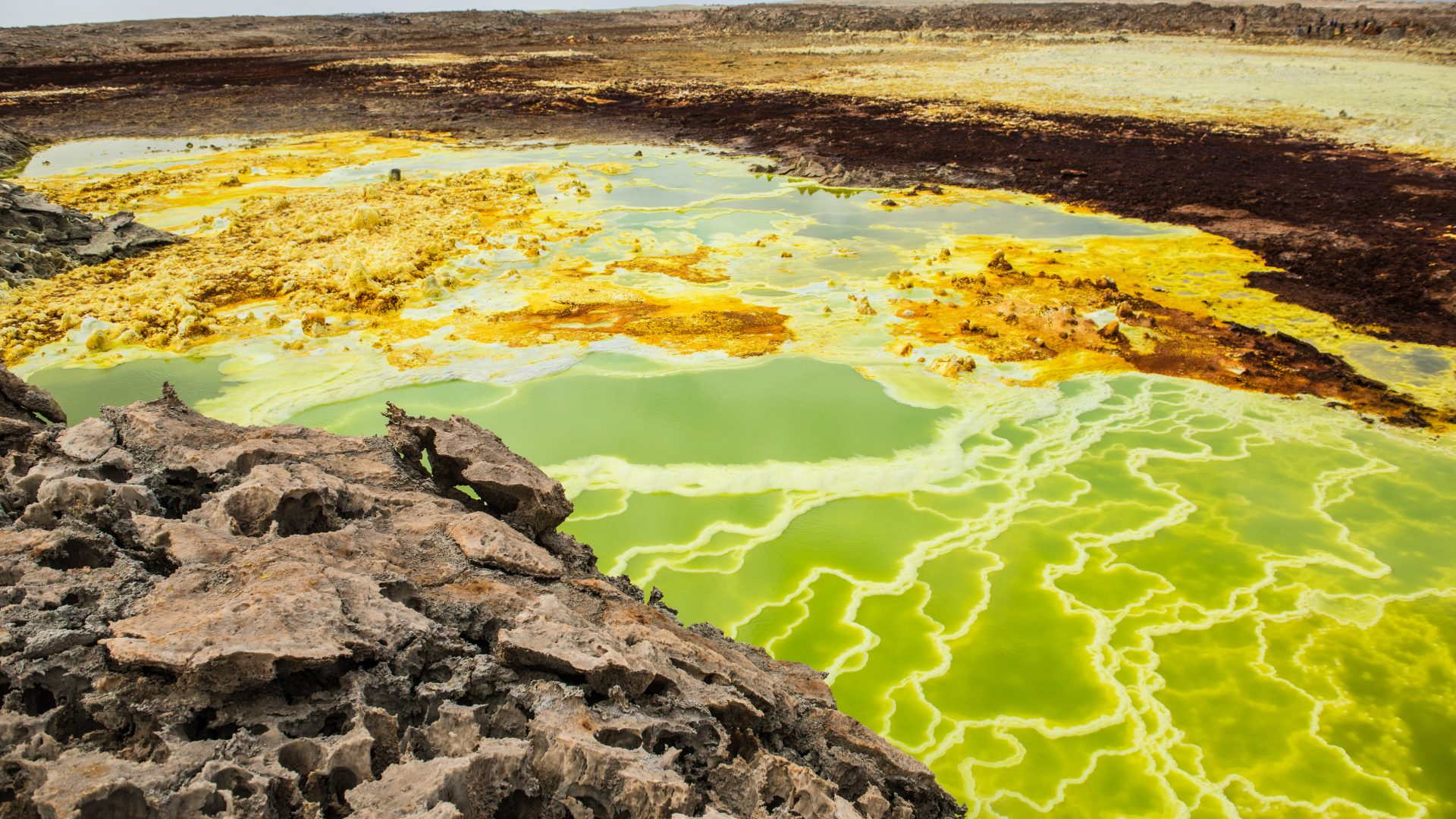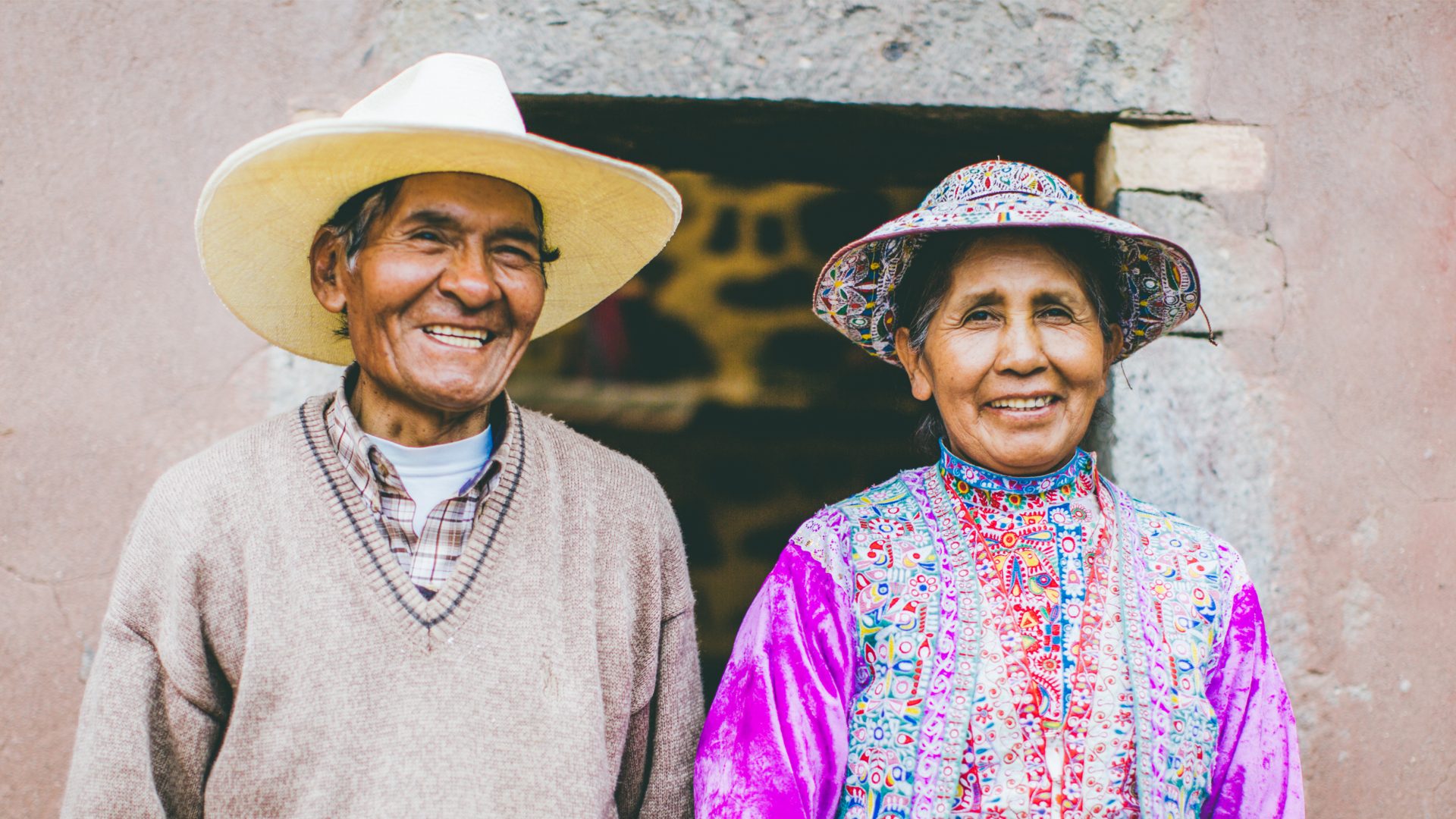
Staying in a homestay in a small Peruvian town, disconnected from the distractions of her busy life back home, photographer Marianna Jamadi fully immersed herself in the local way of life.
Before visiting, I had no idea that the small town of Chivay in southern Peru would leave such a lasting impression on me. Often referred to as the ‘gateway to the Colca Canyon,’ Chivay—rich with history that pre-dates the Incas—feels relatively untouched. Here, ancient agricultural and cultural practices seem to have escaped time, unaffected by modern technology and new ways of working.
